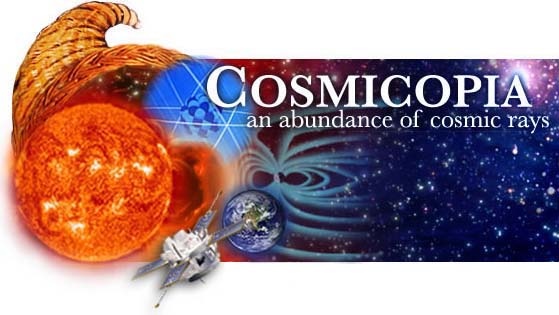
Ask Us
Please send us your age category (K - 4th grade, 5th - 8th grade, 9th - 12th grade, undergraduate student, graduate student, or adult out of school) when you send us a question. It is much easier to send you an appropriate answer when we know this. Thanks!
We strive to provide complete, understandable answers to questions about cosmic and heliospheric science and to encourage all to explore the many varied facets of scientific study. But before you send us your question, there are a few things we'd like for you to know:
- Please read through the answers to previous questions before you ask us a question. We will not answer questions that have already been answered.
- We can only answer questions that are written in English.
- Unfortunately, some questions will not be answered because they are beyond our area of expertise or interest. Our field is, for the most part, limited to particles in the heliosphere. This covers:
- composition
- magnetic fields (including those of the Sun and Earth)
- cosmic rays
- plasma
- acceleration
- the Sun
- solar wind
- solar activity
- space weather
- current events about cosmic rays and the heliosphere
- history of cosmic ray and heliospheric studies
Due to the high volume of questions we are now receiving, we must be more strict about adhering to these subjects. We will, however, maintain the past questions and their answers on the site. There are several other sites that might be able to answer your questions in other areas of science. Here are just a few:
- High-energy astrophysics (binary star systems, black holes,
cosmology, dark matter, neutron stars, quasars, stars, X-rays and
gamma-rays): Ask
an Astrophysicist
- Space Shuttle: NASA
- Planets in general: The Nine Planets
- Comets: The Nine Planets
- Highly technical questions, or those that require us to do a lot of research, will probably not be answered.
- We cannot carry on long email discussions; we only have time to answer your question once. Please reply to that answer ONLY if we have not made it clear enough to you.
- Please limit yourself to one email, and generally one question, per week.
- Please don't send attachments in your email.
- We don't do homework!
Still have a question after reading all of the above?
Email your question to: cosmicopia@cosmicra.gsfc.nasa.gov
About our volunteer team of astrophysicists:
Dr. Eric Christian is a Research Scientist in the Heliophysics Division at NASA GSFC. He studies energetic particles in the heliosphere using instruments on the ACE, IBEX, STEREO, and Voyager spacecraft. More details on his background and scientific interests can be read in an old (2003) interview by clicking on his name.
Dr. Georgia A. de Nolfo is currently a research scientist at NASA/GSFC. Her research interests focus on the physics of high energy cosmic rays including the analysis of data from both high-altitude balloon-borne experiments such as TIGER and space-based experiments such as ACE.
Dr. Jeff George is no longer answering questions, but during his stint, his work was at Caltech, using data from NASA's ACE mission to study galactic cosmic rays.
Dr. J. R. Jokipii is a Regents' professor of Planetary Sciences and Astronomy at the University of Arizona, Tucson, AZ. His research interests cover the rarified gases in space, ranging from the solar atmosphere to the interstellar gas, including the energetic particles, or cosmic rays, which permeate these gases.
Dr. Richard Mewaldt is a Senior Research Associate in Physics at the California Institute of Technology. His research interests include energetic particles accelerated on the Sun, in interplanetary space, in Earth's magnetosphere and in the heliosphere, cosmic rays accelerated in our Galaxy, and space weather. He is presently a Co-Investigator on NASA's ACE and STEREO missions.
Dr. Eberhard Moebius is a professor of physics at the University of New Hampshire, teaching both physics and astronomy courses. His research interests include acceleration of ions in the Earth's magnetosphere, in interplanetary space, and in solar flares, as well as the interaction of interstellar gas with the solar wind.
Dr. Mark Popecki is a research scientist at the University of New Hampshire working on data analysis for the ACE/SEPICA instrument, and on instrument development for the STEREO project, to learn more about energetic particles from the Sun.
Dr. Charles W. (Chuck) Smith is a Senior Research Scientist at the University of New Hampshire. His research interests include the solar wind, interplanetary magnetic field, and the interaction of the solar wind with planets and particles. He is the Data Manager for the ACE/MAG instrument.
Dr. Nicholas (Nick) Sterling is a NASA Postdoctoral Fellow at NASA/GSFC. His research interests involve the study of planetary nebulae via spectroscopy. Specifically, he studies exotic elements in these objects, including selenium, bromine, krypton, and xenon, which can be produced by the low-mass stars that form planetary nebulae. He is also interested in the atomic properties of these elements, which are vital for accurately determining their abundances.
Dr. Edward F. (Ed) Tedesco is an Associate Research Professor at the University of New Hampshire. He mainly studies asteroids using observations at visual and infrared wavelengths obtained with ground- and space-based telescopes. He is currently President of the International Astronomical Union's Commission on Physical Studies of Comets and Minor Planets.
Dr. Pin Wu is a Daphne Jackson Fellow at the Queen's University, Belfast (UK). Her research interests include the Solar Atmosphere, the Solar Wind, Turbulence, Magnetic Reconnection, and the Heliospheric Termination Shock.
Answers to previous cosmic and heliospheric questions
General Physics
Space Physics
Cosmic Rays, Energetic Particles, Plasma
Sun
Earth and Moon
Space Weather
Planets and Moons
Stars
Studying and Exploring Space
Miscellaneous
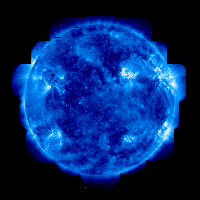

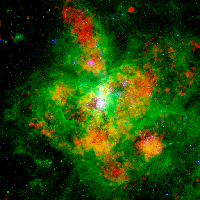
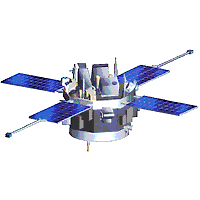
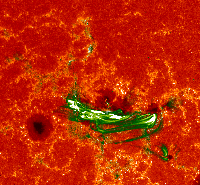
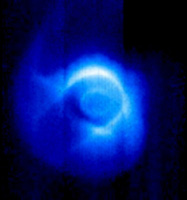
Questions and comments to: cosmicopia@cosmicra.gsfc.nasa.gov
Curator: Dr Eric R. Christian, NASA
Responsible NASA Official: Dr Eric R. Christian
Privacy Policy and Important Notices

HOME
In the News
History
Ask Us
Great Links
Glossary
Site Map
Search NASA